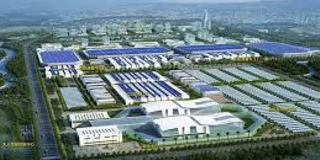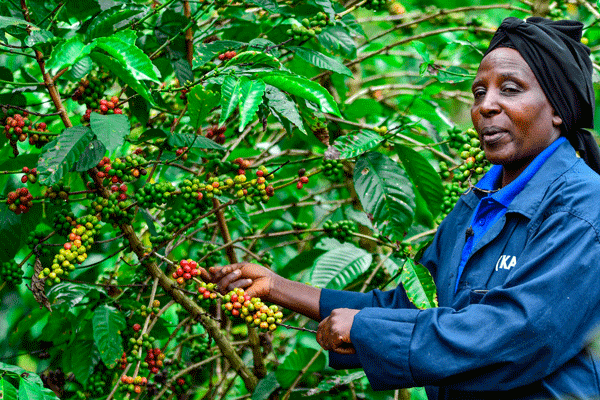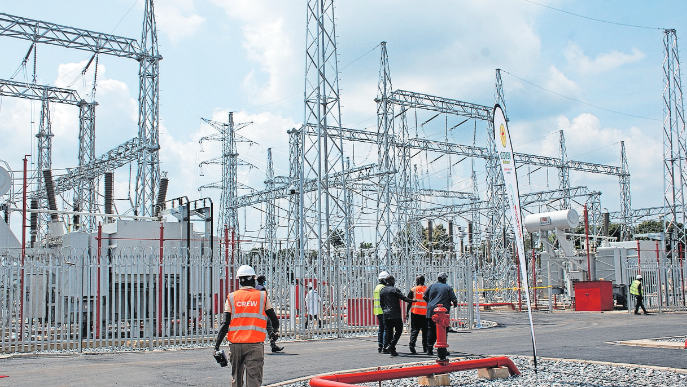Prime
Free zones are best option to increase exports

What you need to know:
With a weaker global demand due to the negative effects of Covid-19, the country’s exports are likely to reduce further
According to Bank of Uganda, the country’s export value was $3,822.99m in the Financial Year (FY) 2019/20, compared to $3962.47m recorded the previous FY2018-2019. This represents a decline of about 3.52 per cent. With a weaker global demand due to the negative effects of Covid-19, the country’s exports are likely to reduce further.
In the recently released Monetary Policy Statement for August, economic growth in FY2020/2021 is projected to be in the range of 3.0 per cent to 4.0 per cent.
Economic growth is consequently expected to remain below the potential growth rate of 6 per cent until FY2022/2023. This calls for robust measures to counter the projected decline.
Although there are other development tools that support increase in exports, one of the major tools the country has explored is the Free Zones scheme.
With the growth of international trade, economic liberalisation and relocation of manufacturing facilities in search of competitive advantage, the concept of Free Zones was born as far back as 1956 when the first globally recognised Free Zone was set up at Ireland’s Shannon International Airport.
According to the Free Zones Act, 2014, Free Zones are geographical areas where raw materials and goods may be landed, handled, manufactured or reconfigured for export without being subjected to import duties. Free Zones include Export Processing Zones and Free Port Zones.
The government has continually put in place various tools to stimulate economic growth, reduce business costs and support progress towards industrialisation.
Free Zones are a catalyst to industrialisation and value addition, which earn the country more foreign exchange by negating export of raw materials in favour of processed goods. Such a transformative shift is imperative in Uganda today, given the abundant raw materials that can be enhanced through value addition for export.
This can be done by attracting both Domestic Direct Investment (DDI) and Foreign Direct Investment (FDI). The latter may be a challenge given the disruptions in the major global economies by Covid-19.
Currently, Uganda Free Zones Authority (UFZA) has licensed developers and operators of Free Zones located in Jinja, Wakiso, Tororo, Kasese, Ntungamo, Kalungu, Nakaseke, Buikwe, Kampala, Mukono and Mpigi, all dealing in agriculture, manufacturing, textiles and garments, mineral processing, and software and digital innovation.
In FY2018/2019, export earnings from Free Zones grew to $60.17m from $53m recorded in the previous FY2017/18 (UFZA Annual Report, 2019).
UFZA is now focussing on DDI into the Free Zones by converting the net importers of goods and services to investors. This should lead to import of machinery to produce the commodities that would otherwise be imported.
Export-oriented DDI is critical for changing the structure of Uganda’s economy.
Doreen Kembabazi,




